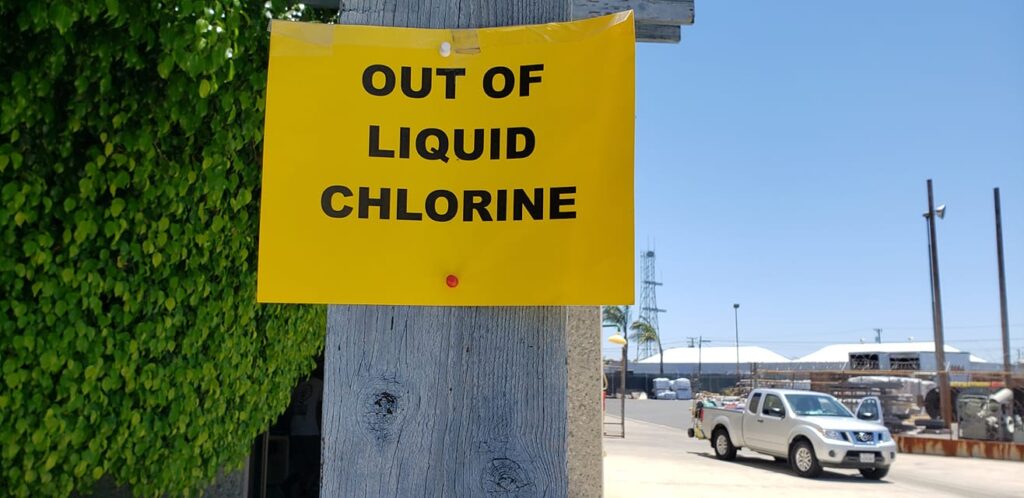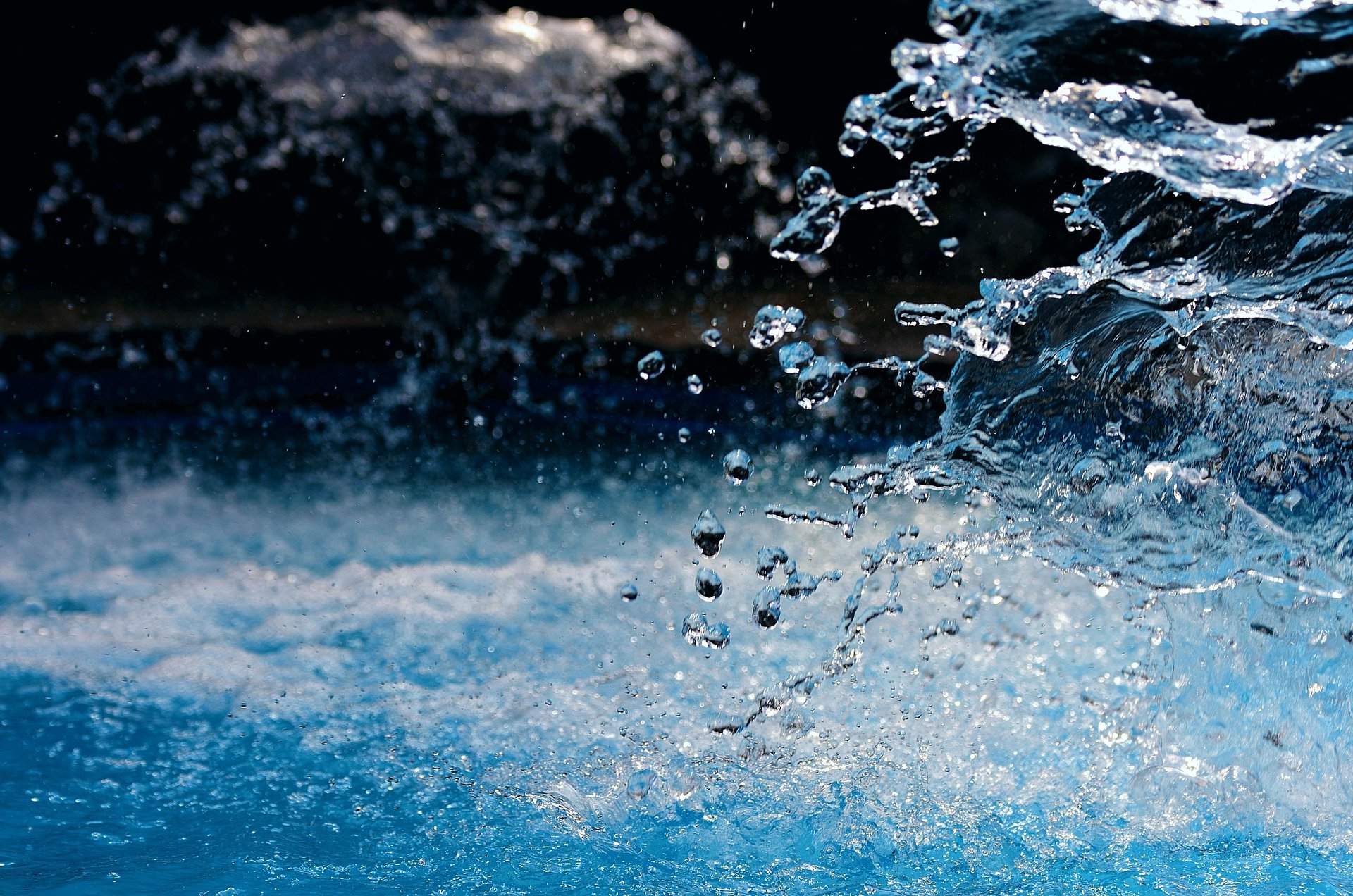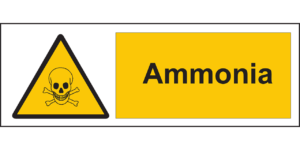I’m continuing with the specialty chemical thing. Last week we talked about how enzymes work. This time it’s how phosphate removers work. Sadly, this is not something that everyone has embraced. I get it! I’ve been in the pool industry myself for thirty-one years. What’s that got to do with anything? Well, phosphate concerns weren’t voiced loudly in the pool industry until maybe 1998 or ’99.
The O/G pool pros (not all, but a lot of them) pretty much took the stance ‘I’ve been servicing pools for a decade and have done perfectly fine without this shit.‘. So, they didn’t see a need to add it to their routine. This mindset they then passed on to the techs they trained, quite a few of which started their own service companies and are still in the industry today.
Similar article How enzymes work
Phosphates and phosphate removal became more of a ‘new wave’ kind of thing. A high-margin product for pool and spa stores and a critical part of the care protocol for pool pros who entered the industry about that time. Again, not all of them, but a lot of them.
How Phosphate Removers work
I admit I wasn’t an easy sell on this treatment myself. Even nowadays, my philosophy on the product is that phosphates are not a problem until they are a problem. The truth is, except for saltwater, you can maintain a swimming pool without issue with a high phosphate level. However, removing phosphates is always a good ‘insurance policy and will make pools easier to maintain. Again – not impossible, or even hard to do at a high level, but hella easier when they are gone.

I’m bringing this up now because right now, that’s what we need – easier. During this time of chlorine availability uncertainty, anything that can help us need less chlorine is a godsend. Whether you believe phosphates are an issue or not, we are all aware that phosphates are one of the ‘limiting nutrients’ for algae. We call it a limiting nutrient because you control the phosphate level and control the algae growth. We go after phosphates because the other factors that contribute to algae growth are not as easily controlled. These include nitrates, CO2 (which plays a role in nitrate intake), sunlight, and water temperature.
More Chlorine or Phosphate removers?
The reality of it is that you are choosing how you control algae when you decide whether to use phosphate removers or not. You either use the phosphate level to control growth, or you use chlorine. That doesn’t mean that if you remove phosphates, you don’t need chlorine, but if you don’t, the chlorine that you add will get used up faster. In a time where you know at any given moment your distributor may be out of stock on chlorine, wouldn’t it be a good idea to make it, so your pools did not need as much of it? The key to making it through this crap fest is in setting up your pools so that they need as little chlorine as possible. This will enable you to stretch your supply.

Critical with an swg
Why the MUST DO on saltwater pools? Two reasons. First, the manufacturer sized the cell for your salt system without phosphates in the water as a factor. So, with phosphates present, they struggle to keep up. Secondly, phosphates like to coat metals, including the plates inside your salt cell where the magic happens. The system will struggle to produce chlorine, and the phosphate coating will shorten the cell’s life.
How we get them out depends upon your preference and will always involve adding heavy metals to the water. Would you instead do a slow vac to waste the day after the treatment is added? Or, are you more into repeatedly backwashing the filter? I honestly think both are a pain in the ass.
Aluminum Sulfate
If you decide vacuuming a mess of aluminum hydroxide sludge from the bottom of a pool is your thing, and you have a portable vac system capable of doing so, alum (aluminum sulfate) may be the way to go. Alum is super cheap if you can find it in bulk, and it has quite a few beneficial uses at the pool: Green to Clean, Copper Stain Removal, and Cyanuric acid removal (a work in progress).
Alum is Al2(SO4)3; when put in water, it splits into Al+3 (aluminum) ions and SO42- (sulfate) ions. Water is H2O. It can split into H+ (hydrogen) ions and OH- (hydroxide) ions. The aluminum ions can combine with the hydroxide ions to form an insoluble floc, Al(OH)3. Since alum is taking out the hydroxide ions, we are left with a surplus of H+ ions. pH = -log[H+], so pH is a measure of the hydrogen ion concentration. When the number of hydrogen ions goes up, the pH goes down. When the number of hydrogen ions goes down, the pH goes up. That means that when you add alum and get a surplus of H+ ions, the pH will go down.
It is in this Al+3 (aluminum) ion phase where metal complexation occurs. Here we get an aluminum phosphate compound that is insoluble in water and caught up in our aluminum hydroxide floc. When you vacuum the floc to waste, you vac the aluminum-phosphate out with it. This is precisely the same process we theorize is occurring in alum’s ability to lower cyanuric acid, except here the complexation would result in aluminum-cyanurate.
Some cons: Alum is temperamental as far as pH, Total Alkalinity, and water temperature requirements. For phosphate removal, we recommend a dose of four pounds per 10K gallons of water. It should also be understood that sulfate-containing products are not recommended for saltwater pools.
Lanthanum
If backwashing a couple or three times sounds more up your alley, the heavy metal you want is lanthanum chloride. This is the metal every liquid phosphate remover in the pool industry uses. Lanthanum chloride works similarly to aluminum sulfate in that when the chemical is added to water; lanthanum chloride splits into La+3 (lanthanum) ions and Cl– (chloride) ions. The La+3 (lanthanum) ions bond with PO43- (phosphates) and form a new compound, LaPO4 (lanthanum phosphate).
Lanthanum phosphate, like aluminum phosphate, is an insoluble compound, and just like aluminum sulfate, it will precipitate. However, the amount of lanthanum chloride necessary to remove phosphates is much less in comparison. Aluminum sulfate requires a large dose as the product’s success as a phosphate remover depends upon its acidity and ability to lower the pH of the pool water. Lanthanum is at a 1:1 ratio with phosphates in removal and works within the pH range we typically maintain in swimming pools.
The metal is removed with the floc
The heavy dose of aluminum sulfate is responsible for the heavy floc that will require a slow vac to waste. Although hella expensive pound to pound, the much lower amount of lanthanum required allows the precip to stay afloat long enough for removal through filtration. The aluminum in the aluminum sulfate added, once thought to be a factor in dementia (now believed to be caused by a gene), is removed from the water in the vac of the floc it has formed when vacuumed correctly. So, which product you use is most heavily dependent upon where and how you want to clean up the mess, from the floor or the filter.









I was just told by my Orenda rep that their Orenda PR 10,000 phosphate remover contains “Cerium”……What type is this?
Cerium is a metal of the lanthanide elements